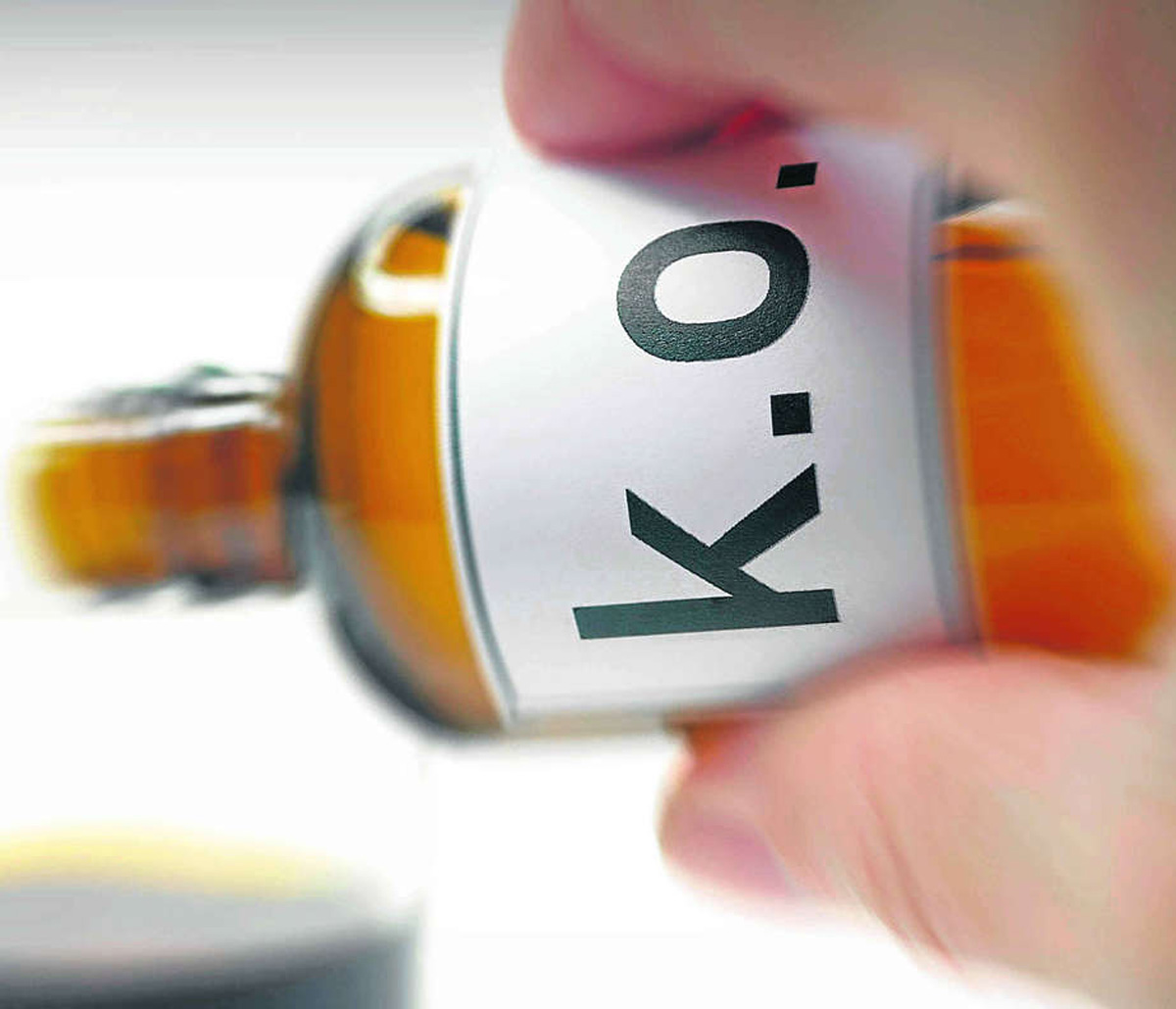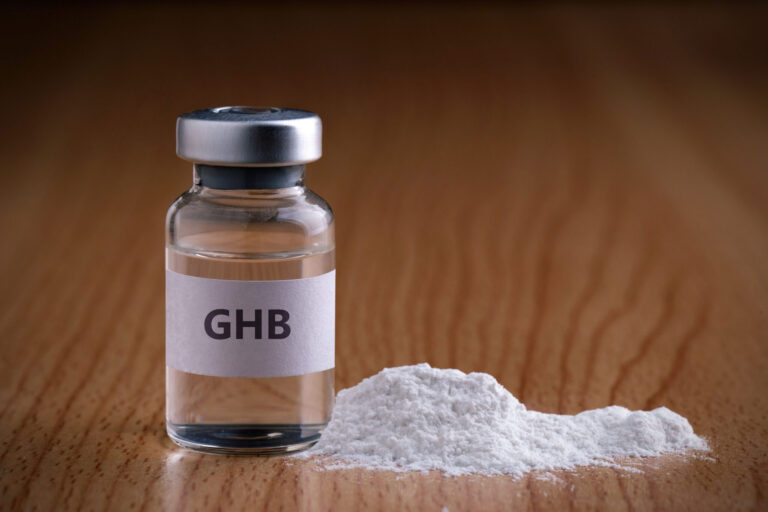[deepseek_translate_switcher]

The environmental impact of gamma-butyrolactone (GBL)
Gamma-butyrolactone (GBL) is widely used in various industrial applications, mainly as a solvent and chemical intermediate. While its usefulness is undisputed, it is important to understand the environmental impact of GBL to ensure sustainable use and proper handling. This article highlights the environmental impact of GBL, including its biodegradability, pollution potential and the necessary precautions for safe disposal.
1. Biodegradability of GBL
GBL is a biodegradable compound, which means that it can be broken down by microorganisms in the environment. Studies show that GBL is microbially degraded under aerobic and anaerobic conditions. This process helps to minimize its long-term presence in soil and water and reduce the risk of permanent pollution.
2. Pollution hazards
Despite its biodegradability, improper disposal or accidental release of GBL can lead to environmental pollution. Important concerns include:
- Water pollutionIf GBL enters water bodies, it can contribute to water pollution and affect aquatic life. High concentrations of GBL can be toxic to fish and other marine organisms.
- Soil contaminationSpills or leaks of GBL can lead to soil contamination. The compound can penetrate the soil and affect plant growth and soil microorganisms.
- Air qualityGBL is a volatile organic compound (VOC) and can contribute to air pollution when released in large quantities. VOCs are known to participate in atmospheric reactions that produce ground-level ozone, a harmful pollutant.
3. Harmfulness to the environment
The toxicity of GBL to various environmental organisms is a critical factor in assessing its effects. Studies have shown that GBL can be harmful to aquatic organisms at certain concentrations. For example, exposure to GBL can have adverse effects on fish, invertebrates and algae. These effects emphasize the importance of controlling the release of GBL into natural waters.
4. Regulations and guidelines
Several regulations and guidelines have been established to mitigate the environmental risks associated with GBL. These include:
- Storage and handling guidelinesProper storage and handling protocols are critical to prevent accidental spills and leaks. These regulations often require the use of containment systems and proper labeling.
- Disposal guidelinesGuidelines for the disposal of GBL emphasize the need for environmentally sound methods. These include incineration in controlled facilities and treatment in wastewater treatment plants equipped to handle such chemicals.
- Monitoring and reportingEnvironmental authorities may require regular monitoring and reporting of GBL levels in industrial wastewater to ensure compliance with environmental standards.
5. Best practices for environmental protection
To minimize the environmental impact of GBL, it is important to follow best practices, including
- Correct storageStore GBL in safe, labeled containers, away from ignition sources and in well ventilated areas.
- Response measures in the event of spills: Implement spill response plans that include containment, cleanup and disposal to effectively manage accidental releases.
- Waste managementFollow local and international guidelines for the disposal of GBL waste to avoid environmental pollution.
- Training and educationEnsure that personnel handling GBL are adequately trained in safe handling practices and emergency procedures.
Conclusion
Gamma-butyrolactone (GBL) plays an important role in various industrial processes, but its environmental impact cannot be overlooked. By understanding its biodegradability, pollution potential and adhering to strict regulations and best practices, we can minimize the negative impact of GBL on the environment. Sustainable management and proper disposal are key to ensuring that the benefits of GBL do not come at the expense of environmental health.
For more information and detailed guidelines on handling and disposal of GBL, consult resources such as the European Chemicals Agency (ECHA) and the environmental authority (EPO).


